Magnetotransport in carbon and topological nanomaterials due to novel charge trajectories
When a charge carrier moves at a plane subject to a perpendicular homogeneous magnetic field, it curves into a closed cyclotron orbit, which finally leads to the well-known Hall effect. Nowadays, the advanced nanotechnology is continually gifting us nanoarchitectures that have not only rich forms of geometry but also novel topology in electronic states. In this talk, I will introduce new classes of magnetic states induced by the geometry and the topology.
We recently found that the snake orbit [1] appears in curved carbon nanomaterials. In a carbon nanotube, we demonstrate that the nature of snake orbit results in a largely non-saturating magnetoresistance measured in experiments [2]. In a rolled-up graphene, we predict that the formation of snake orbit leads to a strongly direction-dependent positive magnetoresistance with an anisotropy up to 80% [2,3]. Moreover, exotic magnetotransport properties recently observed in topological nanomaterials are also related to novel magnetic states, which are introduced by the interplay between the electronic-state topology and the nanostructure geometry [4-6].
References:
[1] T. Taychatanapat et al., Nat. Comm. 6, 6093 (2015).
[2] C. H. Chang and C. Ortix, Nano Lett. 17, 3076 (2017).
[3] C. H. Chang, J. van den Brink, and C. Ortix, Phys. Rev. Lett. 133, 227205 (2014).
[4] C. H. Chang and C. Ortix, in press in Nano Futures (2017).
[5] P. J. W. Moll et al., Nature 535, 266 (2016).
[6] J. Klotz et al., Phys. Rev. B 93, 121105 (2016).


